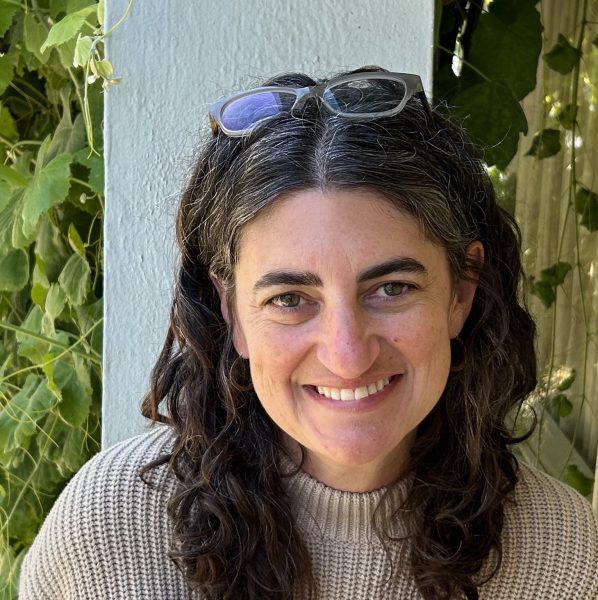Despite the work SSU has done to create a diverse community on campus, some students of color feel there’s still more to do.
Vianca Hinojosa, a third-year Chicano studies and sociology major, was convinced to apply to Sonoma State after her friend vouched for the school. On her first day of orientation, Hinojosa was waiting in line with her parents and was shocked by the lack of other students of color.
“When I first got here, the first thing I asked my dad was, Apa, onta la raza?” Vianca Hinojosa said, where are the Hispanic people? “I was the only brown person in that line.”
Even though more than half of SSU students are considered nonwhite, many SSU students of color report struggling to find their people and their place on campus.
According to the SSU: Facts webpage, 58.4 percent of Sonoma State students identify as nonwhite. This includes Latinx/Hispanic at 40.6 percent, Asians at 5.3 percent and Black/African American at 2.6 percent. In contrast, according to the US Census Bureau, California’s population is 40.3 percent Latinx/Hispanics, 16.3 percent Asians, and 6.5 percent Black/African Americans. The Campaign for College Opportunity reports that since 2019, SSU has declined in student enrollment by 34 percent, with a 22 percent decline in Latinx/Hispanics and 14 percent in Black/African American students.
Hinojosa was struggling to find friends at the beginning of her freshman year. As a Hispanic woman, Hinojosa feels that she is misunderstood by non-Hispanic people. People outside of her culture don’t understand her background, her morals, her interests, and her reason for being in higher education. She is a first-generation student and now is an inspiration for her family members, she said. “I want my existence to be known and I’m not gonna let myself be pushed off, or pushed to the side, because I am who I am,” Hinojosa said.
Students of color also report that it’s difficult to connect with professors in their general education classes. Hinojosa did not connect with any professors until she took classes related to her major. Having professors of similar backgrounds helped her feel more comfortable asking for help and guidance. Furthermore, she says that talking to her professors exposed her to different groups such as MECHA, Associated Students, Greek Life, and the HUB.
Jonathan Duran De Villar, a fourth-year business major, had a similar experience as Hinojosa. He feels that there is a lack of culture around campus. Duran De Villar is from Los Angeles and is used to being exposed to different cultures. “I grew up with Hispanic people, Black people, Asian Americans, Pacific Islanders, Hungarians, but then when it came to the school, it was different,” Duran de Villar said.
Many students of color say that it’s hard to find clubs and extracurricular activities if students don’t go out of their way to find out about them. Duran De Villar says that even events meant to recruit students such as club fairs aren’t always inviting. He says that in his experience the people hosting events wouldn’t acknowledge him, which, in turn, kept him from getting involved.
Aarón Solorio, an advisor for SSU’s Male Success Initiative, a program to support male students who are Black, Indigenous, and people of color to succeed on campus, says that he recognizes how it can be difficult for students of color to find their place at SSU. He says that as staff members they should make an effort to expose students to the resources available and to be as inclusive as possible.






































